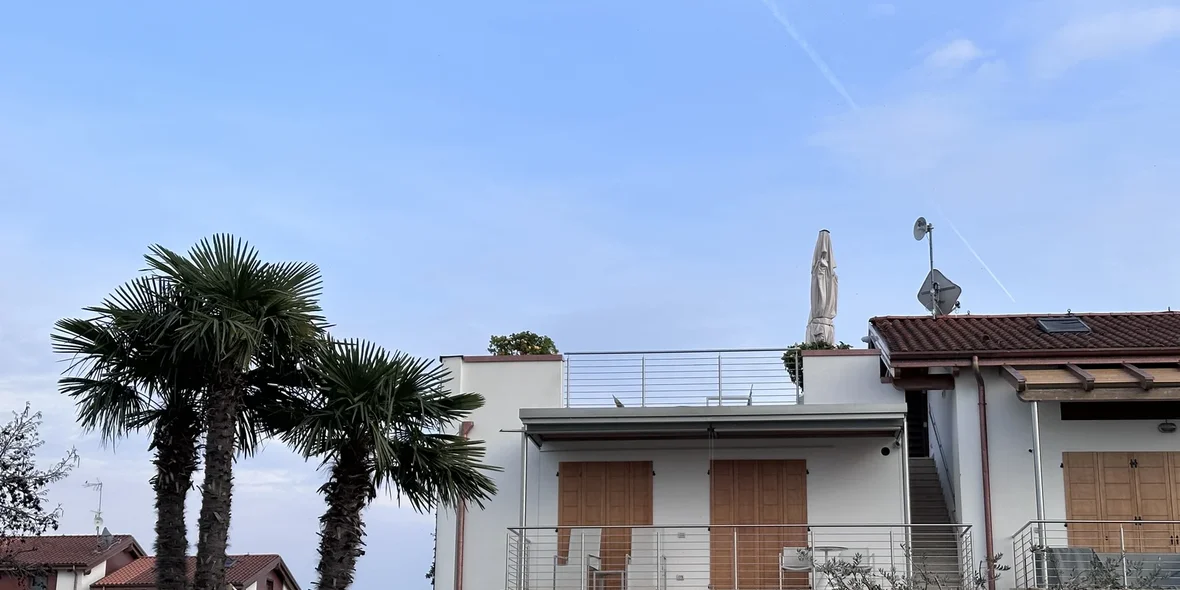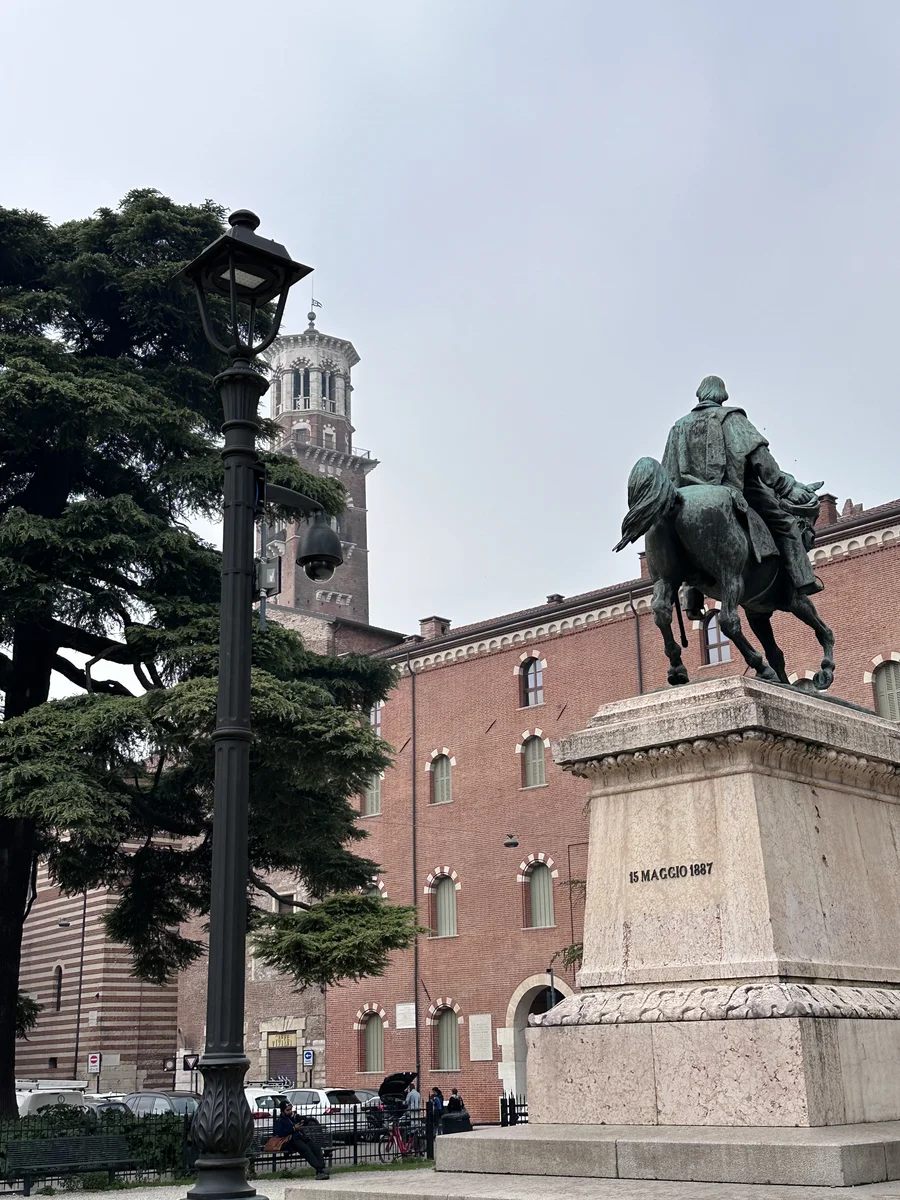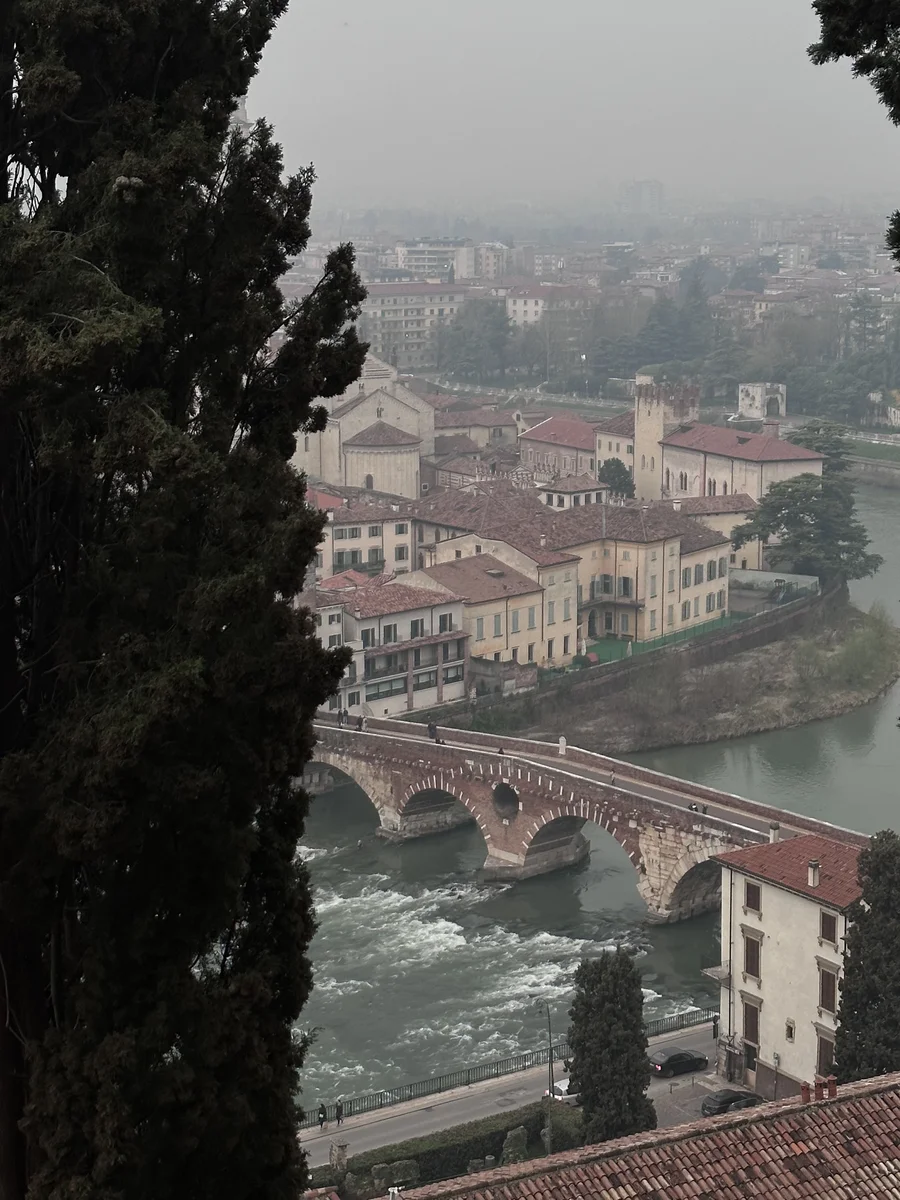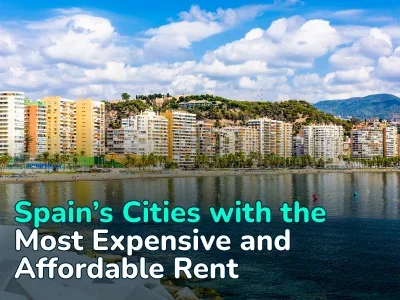
20 Regions — 20 Realities: Where in Italy is It More Profitable to Buy and Rent Out Housing
About 75% of Italians own their own housing, while 25% of local residents rent it. How the real estate and rental market in Italy has changed and is changing — we will figure it out in this material. In particular, we will consider the current prices for buying and renting housing in various regions and also evaluate and compare the investment attractiveness of each of them.
Trends in the Italian Real Estate Market
The Italian real estate market is a complex but promising area for investment and residence.
Firstly, prices have been steadily rising in the Italian real estate market over the past two years. The peak was reached in June 2024, when the average price per square meter was 2072 euros.
The second feature is the significant price gap between the northern and southern regions of Italy. Northern regions such as Trentino-Alto Adige and Lombardy tend to have more expensive properties. At the same time, southern regions such as Sicily and Calabria offer more affordable options with potentially high rental yields.
Third, the impact of tourism. Regions with a well-developed tourist infrastructure, such as Tuscany and Liguria, are famous for their high prices for both buying and renting real estate. The expected increase in tourist flow in the coming years may further increase this impact.
Fourth, the popularity of short-term rentals. There is a significant increase in the popularity of this segment, especially in tourist regions and large cities. On the one hand, this creates new opportunities for investors, but on the other, many regions are already beginning to regulate this area by law in order to avoid strong distortions.
And fifth, the growing popularity of suburban housing. After the COVID-19 pandemic, there has been an increase in demand for real estate in less densely populated areas, which, as a rule, leads to an increase in prices.
Prices for Buying Real Estate in Italy
In Italy, the situation with real estate prices varies from region to region. At the moment, the average cost of Italian real estate is about 2051 euros per square meter, which is 4.06% higher than last year.
Here's how things stand with prices at the moment:
|
Region |
Sales price (€/m²) |
Rental price (€/m²/month) |
|
Trentino Alto Adige |
3417 |
13.53 |
|
Valle d'Aosta |
2883 |
21.11 |
|
Liguria |
2662 |
13.02 |
|
Tuscany |
2486 |
16.55 |
|
Lombardy |
2474 |
18.16 |
|
Lazio |
2448 |
15.78 |
|
Sardinia |
2367 |
15.99 |
|
Emilia-Romagna |
1991 |
13.14 |
|
Veneto |
1991 |
11.96 |
|
Campaign |
1882 |
10.98 |
|
Marche |
1618 |
10.39 |
|
Friuli Venezia Giulia |
1600 |
9.74 |
|
Abruzzo |
1368 |
9.45 |
|
Piedmont |
1378 |
9.66 |
|
Basilicata |
1356 |
8.02 |
|
Apulia |
1409 |
9.35 |
|
Sicily |
1163 |
8.78 |
|
Umbria |
1146 |
7.25 |
|
Molise |
1035 |
9.68 |
|
Calabria |
948 |
9.99 |
As can be seen from the table, the most expensive region for buying real estate is Trentino-Alto Adige, where the average price per square meter is 3,417 euros. On the other hand, the most affordable real estate prices are in Calabria, where a square meter costs an average of 948 euros.
As for rent, the highest prices are recorded in Valle d'Aosta (21.11 euros per square metre per month), and the lowest in Umbria (7.25 euros per square metre).

Rental Market in Italy
In Italy there are several types of rental agreements, each with its own characteristics:
- Free contract (Contratto a canone libero):
- Duration: 4 years with automatic renewal for 4 years (4+4 format).
- Rent: freely determined by the parties.
- Features: the most flexible option for the landlord.
- Agreed contract (Contratto a canone concordato):
- Duration: 3 years with automatic extension for 2 years (3+2 format).
- Rent: Set in accordance with agreements between landlord and tenant associations.
- Features: Provides tax benefits to the landlord.
- Temporary contract (Contratto transitorio):
- Duration: from 1 to 18 months.
- Rent: freely determined by the parties.
- Features: used for short-term rentals, requires justification of a temporary nature.
- Student contract (Contratto per studenti universitari):
- Duration: from 6 months to 3 years.
- Rent: is set as per the agreed contract.
- Features: Designed for university students.
Rights and Obligations of Tenants and Landlords
Tenants' rights:
- Stability of residence: the tenant has the right to remain in the property for the entire term of the contract.
- Protection from unjustified eviction: The landlord can only terminate the contract for reasons specified by law.
- Right to Renew the Contract: In most cases, the tenant has the right to automatically renew the contract.
- Right to carry out minor repairs: The tenant can carry out minor repairs without the landlord's consent.
Tenants' responsibilities:
- Timely payment of rent.
- Maintaining housing in good condition.
- Compliance with the rules of residence.
- Notifying the landlord that major repairs are needed.
Rights of landlords:
- Receiving rent.
- Right to inspect property (with prior notice).
- The right to terminate the contract if the tenant violates its terms.
Landlords' responsibilities:
- Provision of housing in a habitable condition.
- Carrying out major repairs.
- Ensuring the tenant's peaceful use of the property.
- Registration of the lease agreement with the tax authorities.
Long-Term Rent
Long-term rentals have traditionally been the predominant form of rental in Italy. However, in recent years there has been some decline in this segment. From 2019 to the present, the number of long-term rental listings has decreased by 42.8%.
Let's look at the main characteristics of long-term rentals in Italy:
- Stability. Long-term leases are usually concluded for 3+2 or 4+4 years.
- Protecting tenants' rights. Italian law is very protective of tenants' rights, making long-term rentals attractive to tenants.
- Restrictions on rent increases. In most cases, landlords cannot increase rent during the term of the lease, except by annual indexation based on cost of living data.
- High security deposits. Typically landlords require a deposit equal to 2–3 months' rent.
Short-Term Rental
In contrast to the trend of declining demand for long-term rentals, the short-term segment is becoming increasingly popular. From 2022 to 2024, the supply of short-term rentals increased by 28%.
Here are the main features that distinguish the Italian short-term rental market:
- Flexibility. Short-term leases (1 to 18 months) allow both tenants and landlords to be more flexible in their movements.
- Popular among tourists. Italy ranks third after the United States and France in the number of properties available for short-term rental on platforms like Airbnb. Such platforms have become more popular in the country overall, which influenced the structure of the rental market.
- Prevalence in large cities. The greatest growth in short-term rental supply is observed in large cities. For example, in Bologna, supply has grown by 172% over the year, in Milan — by 147%.
- Legislative regulation. Short-term rentals are regulated by Law 431/1998 and require registration of the contract if the rental period exceeds 30 days. Also, some cities, such as Venice and Florence, impose restrictions on short-term rentals to maintain a balance between tourist and residential use of properties.
- Taxation. Income from short-term rentals is taxed at standard income tax rates or under the alternative “cedolare secca” scheme at a flat rate of 21% of the gross rental income.



Popular Cities And Areas for Rent in Italy
Rome:
- Leader in rental demand in 2024.
- Popular areas: Garbatella Ostiense, Appio Latino, Prenestino.
- Average rent: from 850 euros for a studio to 2800 euros for a 4+ bedroom apartment.
Milan:
- One of the most expensive cities to rent.
- Popular areas: Garibaldi-Porta Venezia, Greco-Turro, Navigli Bocconi.
- Average rent: from 900 euros for a studio to 7400 euros for a 4+ bedroom apartment in the city centre.
Florence:
- A popular city among tourists and students.
- Average rent: from 1100 euros for a studio to 3500 euros for a 4+ bedroom apartment.
Turin:
- More affordable prices compared to Rome and Milan.
- Average rent: from 580 euros for a studio to 1800 euros for a 4+ bedroom apartment.
Palermo:
- Attractive rental prices.
- Average rent: from 500 euros for a studio to 1150 euros for a 4+ bedroom apartment.
Naples:
- Growing rental market.
- Average rent: from 700 euros for a studio to 2000 euros for a 4+ bedroom apartment.
Catania:
- Attractive prices and high rental yields.
- Average rent: from €490 for a studio to €1,000 for a 4+ bedroom apartment.
Comparison of Yields by Cities
The average gross rental yield in Italy as of Q3 2024 is 7.04%. However, this figure will vary significantly depending on the city and type of property. Let's take a closer look at the yields in the main cities of Italy:
|
City |
Average gross profitability |
|
Catania |
8.42% |
|
Palermo |
7.96% |
|
Turin |
7.62% |
|
Florence |
6.75% |
|
Rome |
6.82% |
|
Naples |
7.07% |
|
Milan |
4.60% |
A few more facts about each of the cities listed:
- Catania. Small apartments show particularly high profitability: studios (9.80%) and one-room apartments (10.29%).
- Palermo. Here, the most profitable are also studios (10.17%) and one-room apartments (9.75%).
- Turin. High yields are especially relevant in the small apartment segment. Studios can bring up to 8.29% per annum, and one-room apartments — up to 9.44%.
- Florence. In the city centre, yields can reach 7.83% for larger apartments (4+ bedrooms).
- Rome. The most profitable are studios (7.71%) and one-room apartments (8.53%) in all areas of the city.
- Naples. The highest yields are provided by studios (11.20%) and one-room apartments (8.49%).
- Milan. Despite high property prices, it has the lowest average yield of 4.60%. However, in some areas, such as Greco-Turro, yields can reach 6.51% for studios.
It is also important to consider that there are many factors that can affect profitability. These include location, type of property, tourist attractiveness, condition of the property, economic situation, and legal restrictions.
Frequently Asked Questions About the Property and Rental Market in Italy
Which regions of Italy are the most expensive to buy property?
Where can you find the most affordable property in Italy?
What types of rental agreements exist in Italy?
How has the short-term rental market changed in recent years?
Which Italian cities have the highest rental yields?
What type of property in Italy typically yields the highest returns?
Which regions of Italy are the most promising for real estate investments?
Author
I am responsible for editorial work. I write expert interviews and guides.























